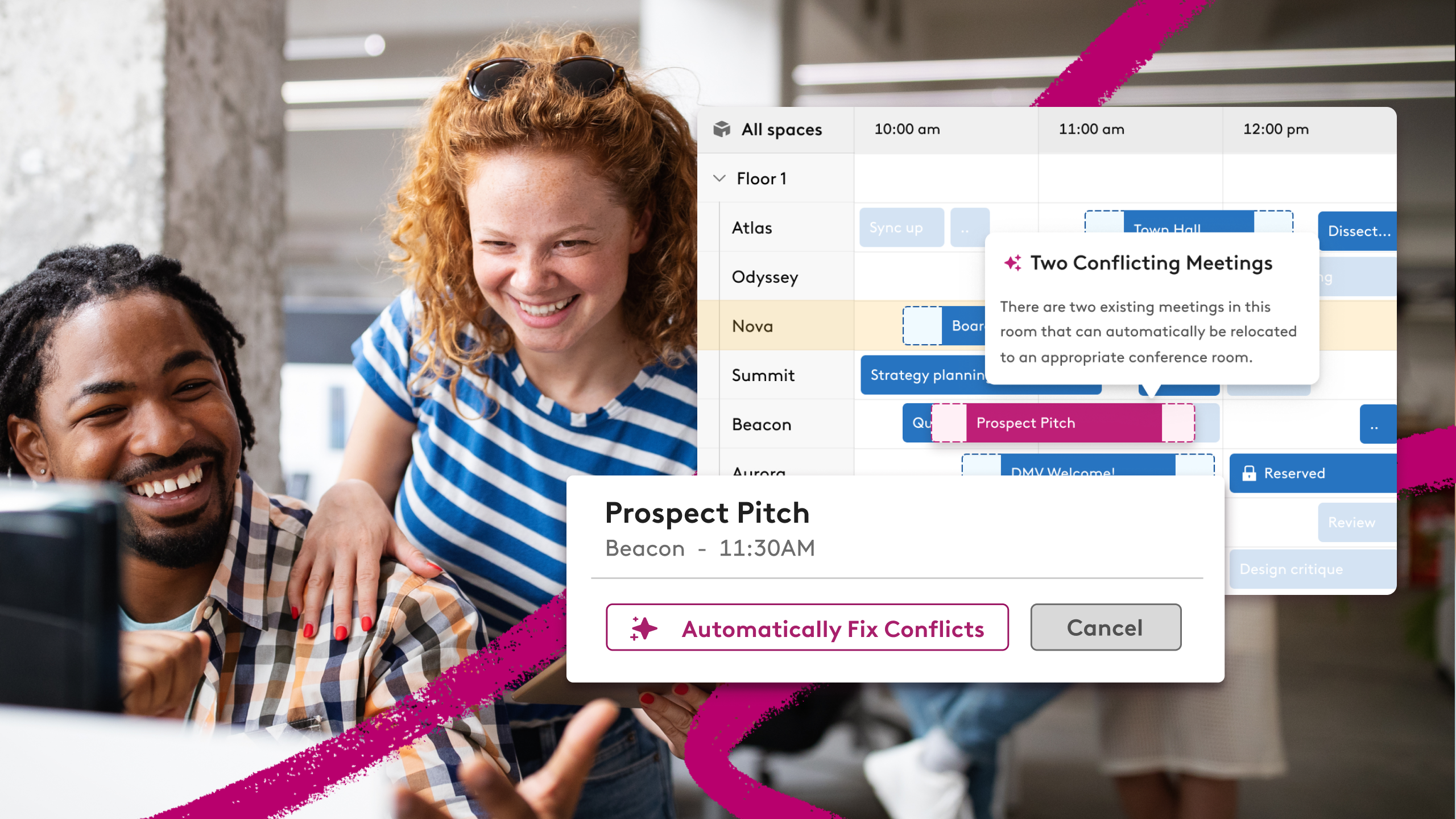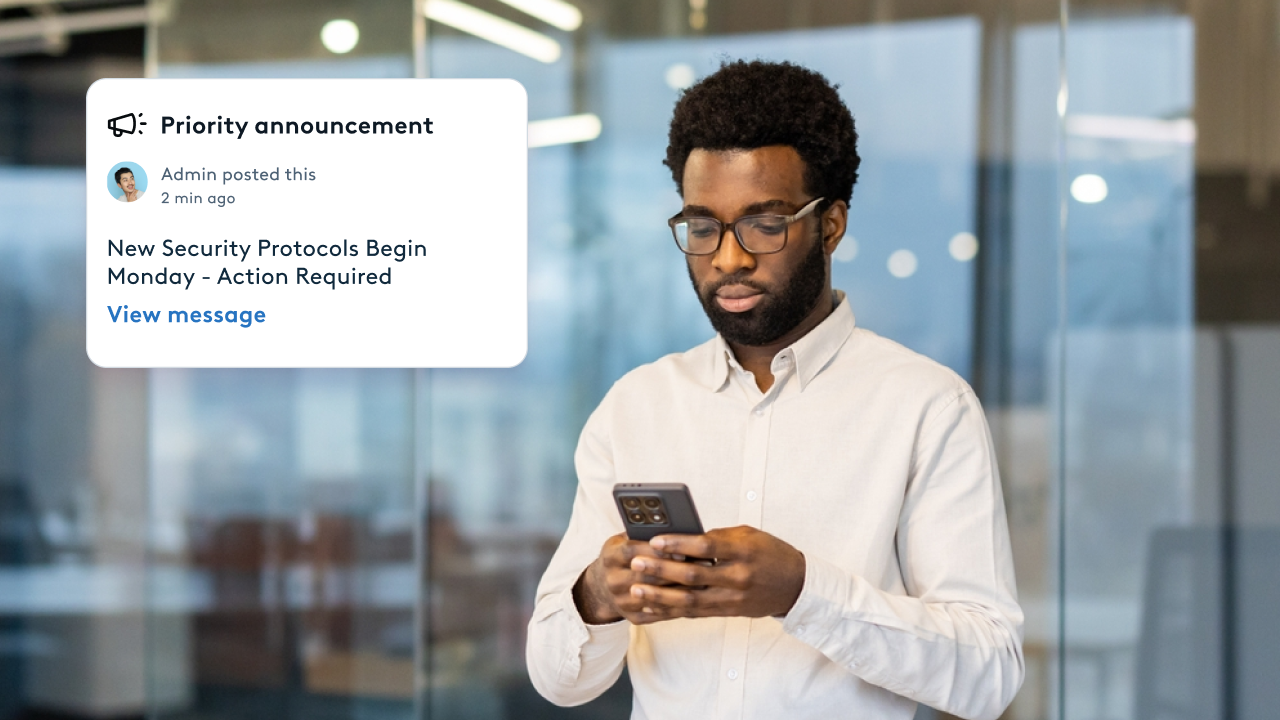What Workplace Leaders Wish More Execs Understood

Hybrid work was supposed to be the silver bullet. The perfect blend of in-person collaboration and remote flexibility. But in practice, most companies are discovering it’s not nearly that simple.
At a recent Robin panel discussion, leaders from Kabam, TraceLink, and VergeSense shared an unfiltered look at what’s really working, and what’s still broken, in the modern office. Their stories highlight a simple truth: policies alone don’t build great workplaces. It’s the day-to-day signals, trust, and clarity that matter.
Here are some of the biggest lessons they’ve learned along the way.
The Zoom fatigue nobody planned for
When offices reopened, many teams assumed employees would naturally spend more time collaborating face-to-face. The reality? People came in and ended up on video calls all day anyway.
Brenton Kelly, Workplace Experience Manager at Kabam, described this tension within his own staff. Team members will come and day ‘Hey, I’m here, but I’m sitting in a room all day on Zoom calls. I don’t even get to see anyone.’
Robin’s own data showed the same pattern. Early on, 80% of meetings in their office were single-person video conferences. It took an intentional policy shift, like instituting “Team Tuesdays” with no remote calls to change behavior.
For many companies, hybrid doesn’t fail because people dislike the office. It fails because there’s no plan to help them work differently once they arrive.
Why executive presence matters more than perks
Kabam’s approach to hybrid is clear: two days a week in the office, plus flexibility. But the most important factor isn’t policy, it’s visible leadership.
If you’re asking staff to come back in, the workplace team can offer as many events and lunches as you want, Brenton went on to explain. But if their managers aren’t coming in, employees read that differently.
This gap between what executives say and what they do is a silent culture killer. People notice when leaders work from home while expecting everyone else to show up. And no catered lunch makes up for that disconnect.
Flexibility still matters, even with clear mandates
TraceLink requires employees to be in the office five days a week. But Senior Facilities Manager Jen Bozek emphasized that this doesn’t mean a return to rigid schedules.
“It’s really about being in the office, having those water cooler conversations, being in person when you can,” she explained. “We aren’t expecting a nine-to-five, Monday through Friday regimented schedule.”
By giving people the freedom to handle early calls from home or adjust their hours, TraceLink keeps its mandate humane—and sustainable. Without that layer of trust, even the most well-intentioned policy starts to feel like surveillance.
The metrics that matter (and the ones that don’t)
All three panelists agreed: data is essential. But not all metrics are created equal.
Jen shared that TraceLink relies on weekly badge data to track occupancy and identify trends over time. Brenton is working to integrate real-time analytics so managers can see exactly when attendance dips. And VergeSense’s Kanav Dhir introduced the idea of a “breakpoint."
Breakpoint: The moment when space utilization starts to erode employee experience.
This is where many organizations get stuck. They measure attendance but don’t look deeper at how people actually use the space. Do employees have enough phone booths? Is the cafeteria full while open collaboration areas sit empty? Is the office designed for focus work, or is it optimized for connection?
The most effective workplace leaders see metrics not as a scoreboard, but as a map to guide change.
The bottom line
If there’s one takeaway from the conversation, it’s that hybrid work isn’t just about policies. It’s about alignment—between what you say, what you measure, and how your space actually feels to the people using it.
The teams getting this right aren’t perfect. They’re just committed to listening, adjusting, and building environments that meet employees where they are. And sometimes, that starts by admitting what isn’t working yet.
Want to see more insights like these? Check out our latest resources on designing modern workplaces that work for everyone, or get in touch with our team.












